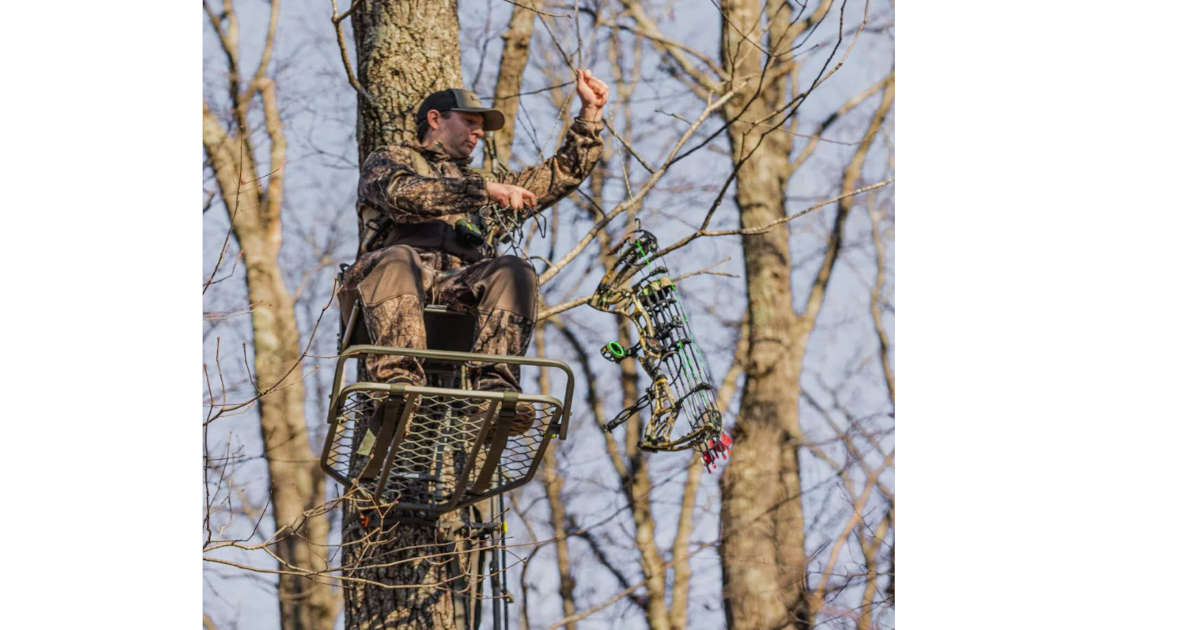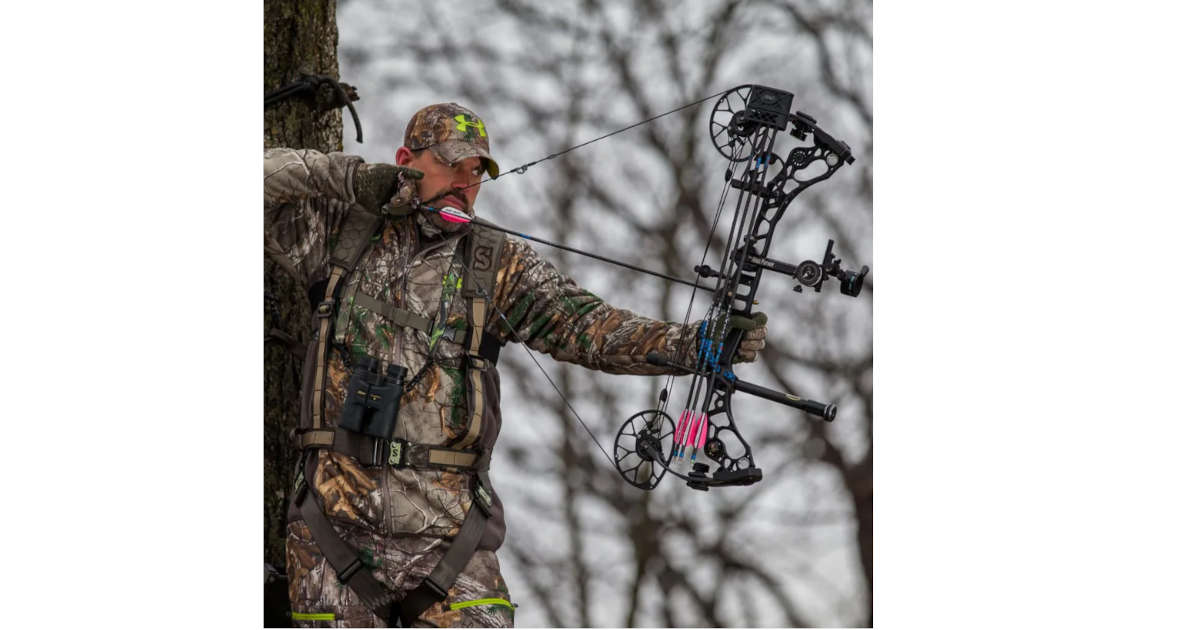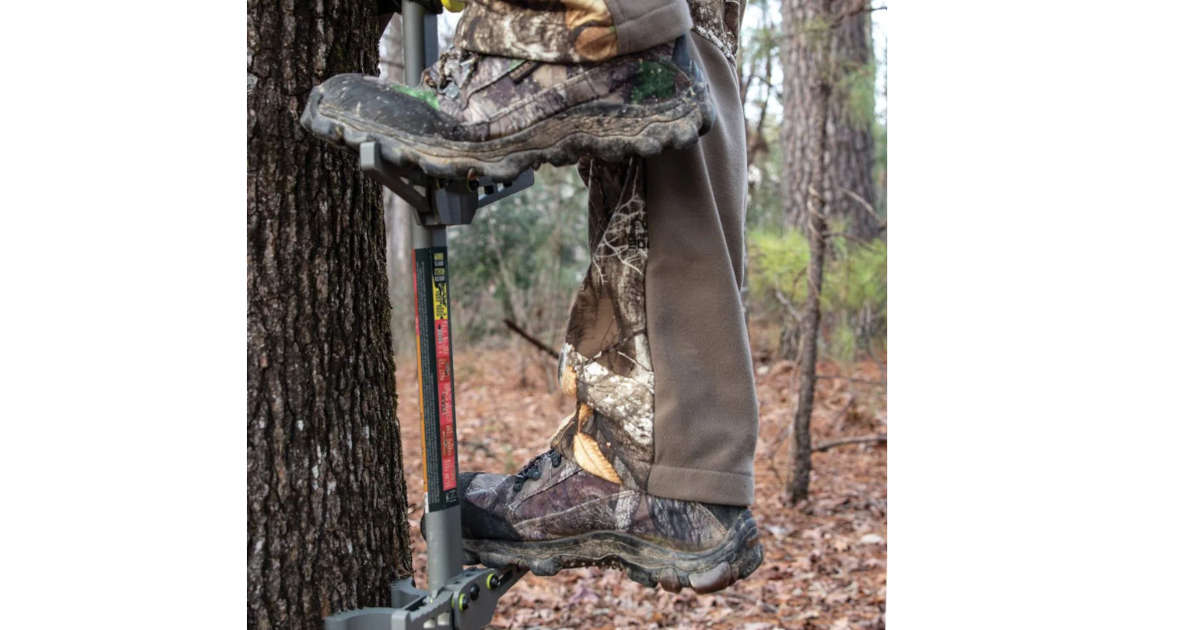Avoid Common Treestand Mistakes with Your Treestand Safety & Maintenance Guide
Posted by Steven on March 24, 2025

Did you know tree stand falls are the most common type of hunting injury? According to the Minnesota Department of Natural Resources (DNR), 1 in 3 hunters who use a tree stand falls. There are 6,400 accidental tree stand injuries annually in the U.S.
These falls can lead to injuries like broken bones, concussions, or even more serious conditions like head or spine injuries. But don’t worry, some simple and effective tips can help you stay safe and avoid becoming the next cautionary tale at hunting camp.
Inspect Equipment
Just because your tree stand looks the same as last year, it does not mean it works the same. You should always inspect it before climbing or setting it up. The elements, squirrels, and mice can damage tree stands and the straps that hold them in place. Look over all cables, bolts, and joints.
If you see anything damaged or out of place, replace it. Even stands that appear in good condition can often cause accidents. Don't be afraid to replace the ladder sticks and straps every few years.
Check it all, or risk the fall! A few extra minutes of inspection could mean the difference between a great hunt and an unexpected drop.
Pick the Right Tree
The best tree stand is useless without a good tree. Find one that is healthy, and can support your weight. Make sure it’s straight and within cover. Measure the tree to ensure it fits the size limits recommended in your stand’s instruction manual. The tree should have rough, scaly bark like oak, maple, or pine that straps can dig into.
Wear a Safety Harness (Yes, Even the Tough Guys Need One)
There is no excuse—wear a harness! A Wisconsin DNR study says only 33% of archers and 23% of firearm hunters always use a harness. Several tree stand harnesses are available. You can easily find one for under $100. While they may not be comfortable, they provide an easy way to secure yourself while sitting on a treestand. 
Use a Lifeline
A treestand lifeline prevents accidents by keeping you connected to a tree while hunting in a tree stand. It is useful for safely climbing in and out of a treestand. The lifeline attaches to your harness. A lifeline and a harness should be considered essential because it is the safest way to hunt from a treestand. Watch Your Height
When setting up your treestand, avoid being too high off the ground. 15 to 20 feet is the safest height you can see and hunt accurately. Hunting at 25 feet or higher is dangerous, as it can affect your shot angle and cause you to miss. You can also increase the risk of being spotted by deer since you have less natural coverage at extreme heights. Hunting closer to the ground level improves safety and provides better shooting opportunities. Follow the 3 Points of Contact Rule
The 3 Points of Contact Rule means you should have two hands and one foot or two feet
and one hand on the ladder while climbing. This ensures you're always stable and have multiple support points, reducing the risk of slipping or losing your balance. You should always check the ladder for rain, frost, ice, or snow.

Consider a Haul Line
Carrying too much equipment up a ladder can result in injury. You should use a haul line if you cannot safely carry your firearm or bow. Attach the rope to your equipment and pull it up after you have sat down in your treestand. Make a Plan
You should have a hunting plan for safety. Always carry a phone so you can call for help if needed. Make sure someone knows where and when you are hunting. Tell someone when you are in your treestand and back on the ground. Conclusion
Injuries involving a treestand are common but avoidable. Before climbing into your treestand, inspect everything to ensure nothing is damaged. Don’t be afraid to replace accessories every few years just to be safe. Find a tree that can support your weight and hold your treestand in place.
One of the easiest ways to avoid injury is to use a harness. Attach a lifeline to your harness to keep you secure from the tree. Remember the 3 points of contact rule while climbing up and down the ladder. Consider a haul line to lift your bow or firearm while sitting in the stand. Always tell a friend or family member when you are hunting. These tips will provide a safer experience while hunting from your treestand. Don't let something as preventable as an injury get in the way of the experience. Make safety a priority, so you don’t miss out on the possible hunt of a lifetime.